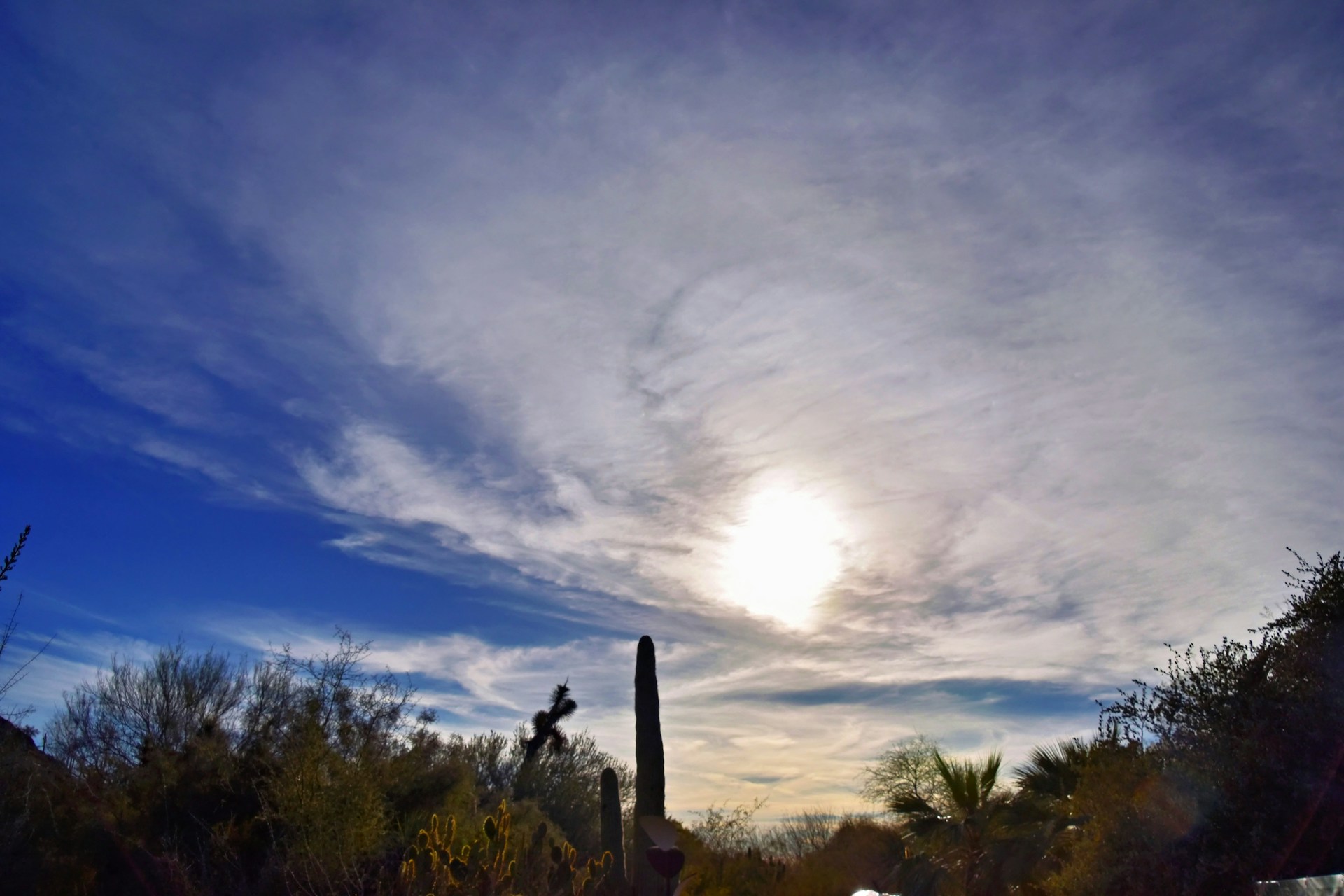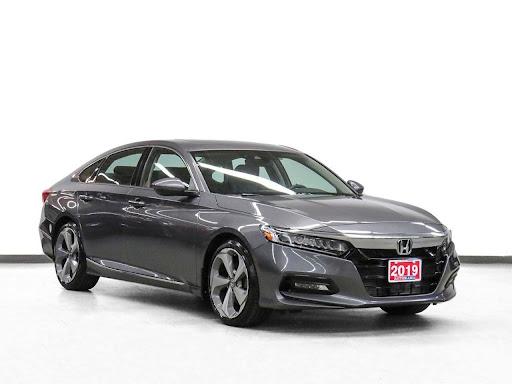Driving can be dangerous, especially when faced with challenging environmental conditions. Environmental factors such as weather, road conditions, visibility, and hazards can significantly increase the risk of car accidents. Understanding these environmental conditions is essential for drivers to stay safe on the road.
Adverse Weather Conditions
One of the most common environmental factors contributing to car accidents is adverse weather conditions. Rain, snow, ice, fog, and strong winds can all impact driving conditions, making roads slippery, reducing visibility, and affecting vehicle control. According to the Federal Highway Administration, adverse weather contributes to more than 1.5 million car accidents each year in the United States.
Extra caution and preparation will be required if you are driving in adverse weather conditions. Here are some tips for driving safely:
- Reduce your speed and increase following distance.
- Use headlights and windshield wipers as needed.
- Avoid sudden maneuvers and abrupt braking.
- Be aware of hydroplaning on wet roads.
- If conditions are severe, consider postponing your trip.
Poor Road Conditions
Poor road conditions such as potholes, uneven pavement, road debris, and construction zones are another common cause of car accidents. These conditions can cause loss of vehicle control, tire blowouts, and collisions with other vehicles or objects. According to the American Society of Civil Engineers, deteriorating road conditions cost U.S. drivers billions of dollars annually in vehicle repairs and accidents.
To navigate poor road conditions safely, drivers should:
- Maintain a safe distance from other vehicles.
- Slow down when approaching areas with known road hazards.
- Avoid sudden maneuvers and erratic driving.
- Report road hazards to the appropriate authorities.
Reduced Visibility
Reduced visibility due to darkness, glare, or obstructions can significantly increase the risk of car accidents. Poor visibility makes it difficult for drivers to see other vehicles, pedestrians, and obstacles on the road, increasing the likelihood of collisions.
To drive safely in low-visibility conditions, drivers should:
- Use headlights, fog lights, and hazard lights as needed.
- Slow down and increase the following distance.
- Keep windshields and mirrors clean and free of debris.
- Avoid using high beams in foggy or snowy conditions.
- Use caution when passing or changing lanes.
Environmental Hazards
Environmental hazards such as wildlife, fallen trees, or flooding can pose a significant threat to drivers. Collisions with wildlife or debris on the road can cause serious accidents and injuries. According to the Insurance Institute for Highway Safety, wildlife-related car accidents result in hundreds of fatalities and thousands of injuries each year.
To avoid accidents when encountering environmental hazards, drivers should:
- Stay alert and look ahead for potential hazards in the road.
- Reduce speed and use caution in areas prone to wildlife crossings.
- Avoid swerving to avoid wildlife or debris on the road.
- Pull over to a safe location if necessary and report hazards to authorities.
Seeking Help After a Car Accident Caused By The Environment
If you’ve been involved in a car accident caused by environmental conditions, it’s essential to seek legal help from a Jonesboro car accident lawyer. A car accident lawyer can help protect your rights and pursue compensation for your injuries and damages. They can investigate the accident, gather evidence, negotiate with insurance companies, and represent you in court if necessary.
In the unfortunate event that you find yourself in a car accident caused by environmental conditions, it’s crucial to know what steps to take. First and foremost, ensure that everyone involved in the accident is safe and seek medical attention if necessary. Next, document the scene and exchange information with other parties. Then, reach out to a car accident lawyer who can guide you through the legal process, protect your rights, and help you seek the compensation you deserve for your injuries and damages.







